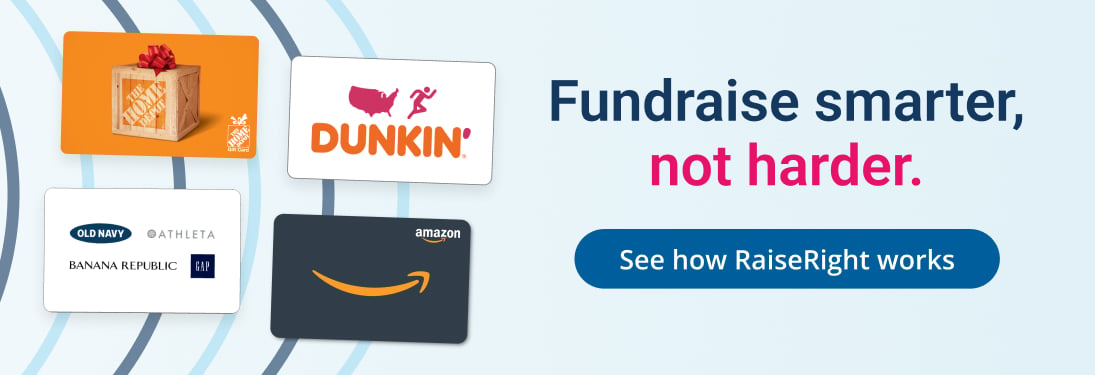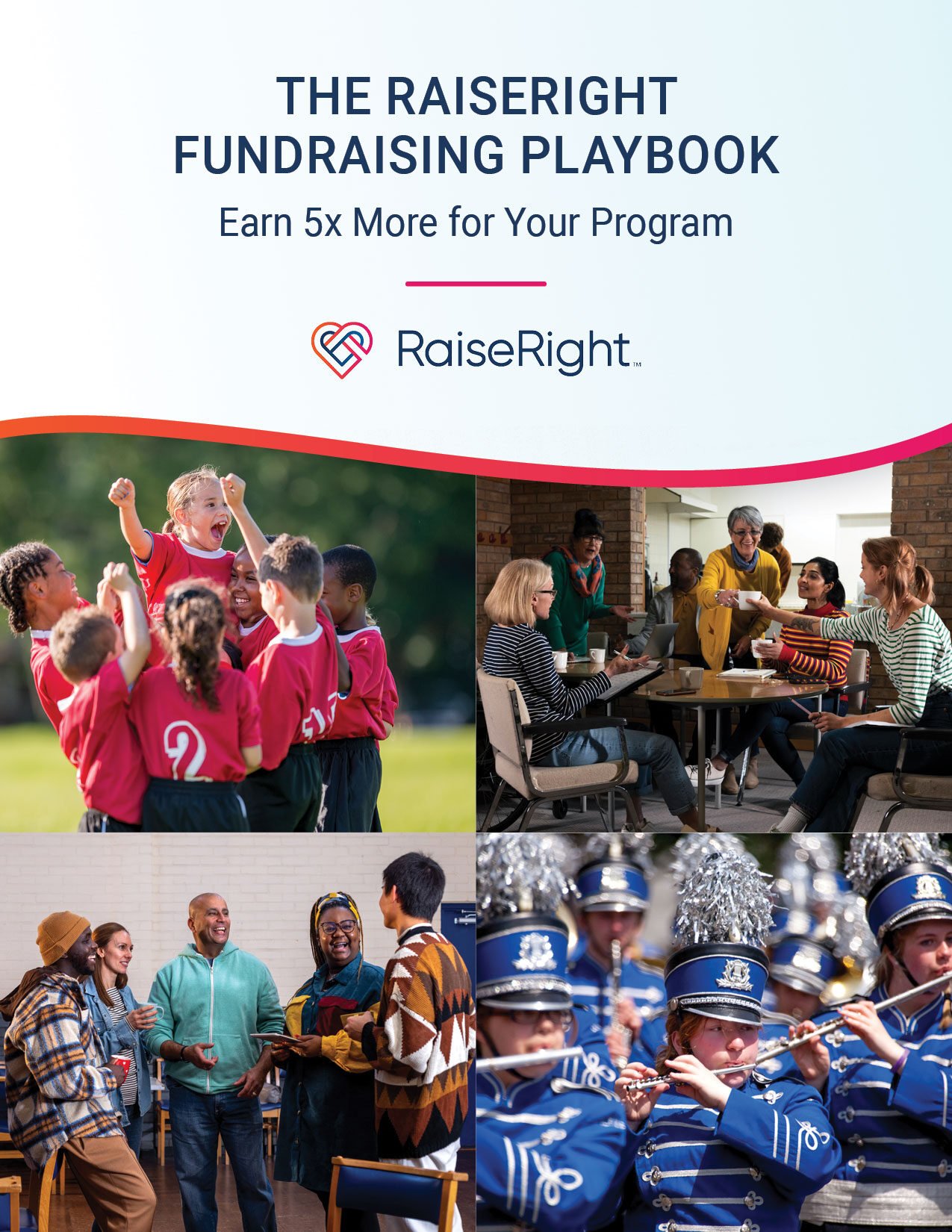Identifying and Fighting Fundraising Fatigue

Whether you’re involved in raising funds for a school, church, music program, sports team, or other nonprofit, you may find it challenging to continue to appeal to your supporters for more of their money and time.
There’s good news, though. According to the Fundraising Effectiveness Project (FEP), small organizations overall (particularly those raising less than $100K) are performing the best in terms of dollars raised, compared to decreases reported by large nonprofit organizations through the end of 2023.
However, fundraising remains a constant ask from organizations, and many requests can overwhelm even the most generous patrons.
What is fundraising fatigue?
Fundraising fatigue, or donor fatigue, is the loss of responsiveness over time from supporters. Donor retention has been a hot topic lately, with rates dropping significantly since COVID-19. They bottomed out in 2021 before slowing to a 2.5% year-over-year loss in December 2023.
Anyone involved in fundraising, from students to program leaders, can experience fundraising fatigue, but here, we're looking at donors, volunteers, and participants who contribute directly to campaigns.
For these individuals, fundraising fatigue comes from:
- Burnout experienced when supporters are asked to give too much, too often
- Poor communication
- Changing interests, activities, or values
- Economic factors such as inflation
Parents, especially those with more than one child, may be called on to invest time and money in dozens of school, extracurricular, club, and community fundraisers throughout the year.
Signs of fundraising fatigue
Since you can’t track the fundraising timing and activity of every other organization your supporters are connected to, how do you spot those with donor fatigue?
Look for supporters who:
- Express irritation, reluctance, or disinterest in fundraising announcements
- Are less responsive to calls, emails, or other contact than they used to be
- Appear bored or disconnected during planning stages
- Accept the request or materials but don’t (or barely) deliver results
Impact on donors and organizations
Fundraising fatigue can have far-reaching and long-term negative impacts on your program or organization. It can lead to:
- Poor results – Not enough funds raised to meet the goal or need.
- Peer contagion – The shift of poor attitude or low involvement to other members: "If she’s not going to do it, why should I?"
- Spread to leadership – Bad attitude, low participation, paltry results—negativity can easily creep upward to campaign and program leaders and spiral from there. Leaders must overcome their fatigue while also acting as cheerleaders and drill sergeants for supporters.
How to combat fundraising fatigue
You’ve diagnosed the problem—now it’s time to solve it.
Start with improving your communication:
- Clarify and communicate fundraising goals and progress
- Express appreciation frequently and authentically
- Make sure supporters know the results of their work
At a strategic planning level, try to:
- Find a balance between revisiting success and rinse-and-repeat campaigns
- Integrate member polling for feedback, input, and ideas into the planning process
- Invite new members with fresh energy into fundraising leadership
- Base decision-making on data analysis: hours spent, dollars raised, etc.
- Get creative with fundraising incentives to motivate participants
Read more: 20+ Successful and Profitable Fundraising Ideas, Verified by Pros
Fundraising alternatives that mitigate fatigue
When choosing fundraising activities for the season, revisit the type and number of campaigns. Consider these options:
- Replace active fundraising with passive fundraising methods, such as a RaiseRight program that you can run all year long
- Reduce the number of campaigns, replacing multiple events with one scaled-up fundraiser. Or, explore community-centric fundraising ideas to better engage your supporters.
- Invite supporters to build giving into their budget and automate donations
Also, think about your audience:
- Understand that some can afford to give more money than time, and vice versa
- Think about your full outreach potential—community, local businesses, extended family
- Be aware that men aged 18-34 are statistically the group most likely to donate
- On the flip side, 27.8% of women volunteer vs. 21.8% of men
RaiseRight—a refreshing alternative to traditional fundraisers
One of the best ways to reduce fundraising fatigue is to supplement your efforts with RaiseRight.
Instead of selling goods, planning another golf tournament, or hosting a one-time event, you can use RaiseRight to acquire donations throughout the year—without asking supporters to spend extra time or money.
Simply pay for everyday products and services—gas, groceries, restaurants, travel, clothing, sports equipment, and even streaming services—with gift cards instead of cash or credit. You can also shop online with a RaiseRight partner brand or dine at a participating local restaurant. It's easy and practical!
Once you enroll with RaiseRight, you and your supporters can shop across hundreds of brands and restaurants—from Amazon to Zappos, and everything in between. Each brand offers up to 20% earnings, which go straight back to your organization.
Find out more about how RaiseRight can help your nonprofit combat fundraising fatigue.


